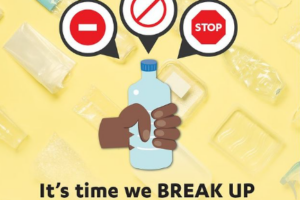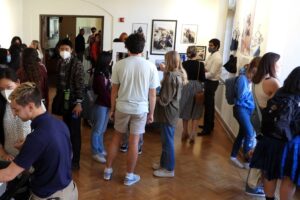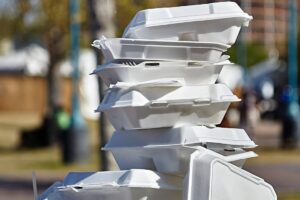
It’s Time We Break Up with Plastics
By Karen Hallisey There’s an unhealthy relationship you may be in, that’s affecting not just you, but others. The toxic relationship we’re talking about that has gone on for too…

By Karen Hallisey There’s an unhealthy relationship you may be in, that’s affecting not just you, but others. The toxic relationship we’re talking about that has gone on for too…

Karlie Hayes 2021-22 Zero Waste Ambassador Sustainability wasn’t invented by the coining of the term “sustainable.” It means different things to different people, cultures, and communities: each has distinct sustainable…

Karlie Hayes 2021-22 Zero Waste Ambassador As December begins and finals week comes to an end, many of us will take part in holiday traditions. From Kwanzaa, to Hanukkah, to…

By Kikei Wong UCLA Zero Waste Manager UCLA was recognized by the National Recycling Coalition (NRC) with The Outstanding Higher Education Program Award, given annually to an institution of higher…

By Liz Kennedy Director of Ethical Labor and Sustainability at Trademarks & Licensing, ASUCLA As we travel fewer miles from home this year to stay safe during the pandemic, Thanksgiving…

By Niklas van der Wagt UCLA Carbon Neutrality Ambassadors The intersection between the COVID-19 pandemic and sustainability is as interesting as it is complicated. One easily identifiable symptom of the…